I have a table (incident) that has column Create_date(DataType=Date).
I want to get difference in Days OR Hours from Previous Record. Like the screenshot below.
From Second Record Create_Date I want to minus First Create_Date and from Third Create Date to Second and so on. I'm using LAG function in Oracle, but not sure how its calculating there. Could any one please help me regarding that issue.
incident.create_date - lag(incident.create_date,1) OVER (ORDER BY incident.create_date) AS CREATEDATE_DIFF,
RN 1 We have Create_date (05/01/017 10:40:17 AM
